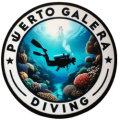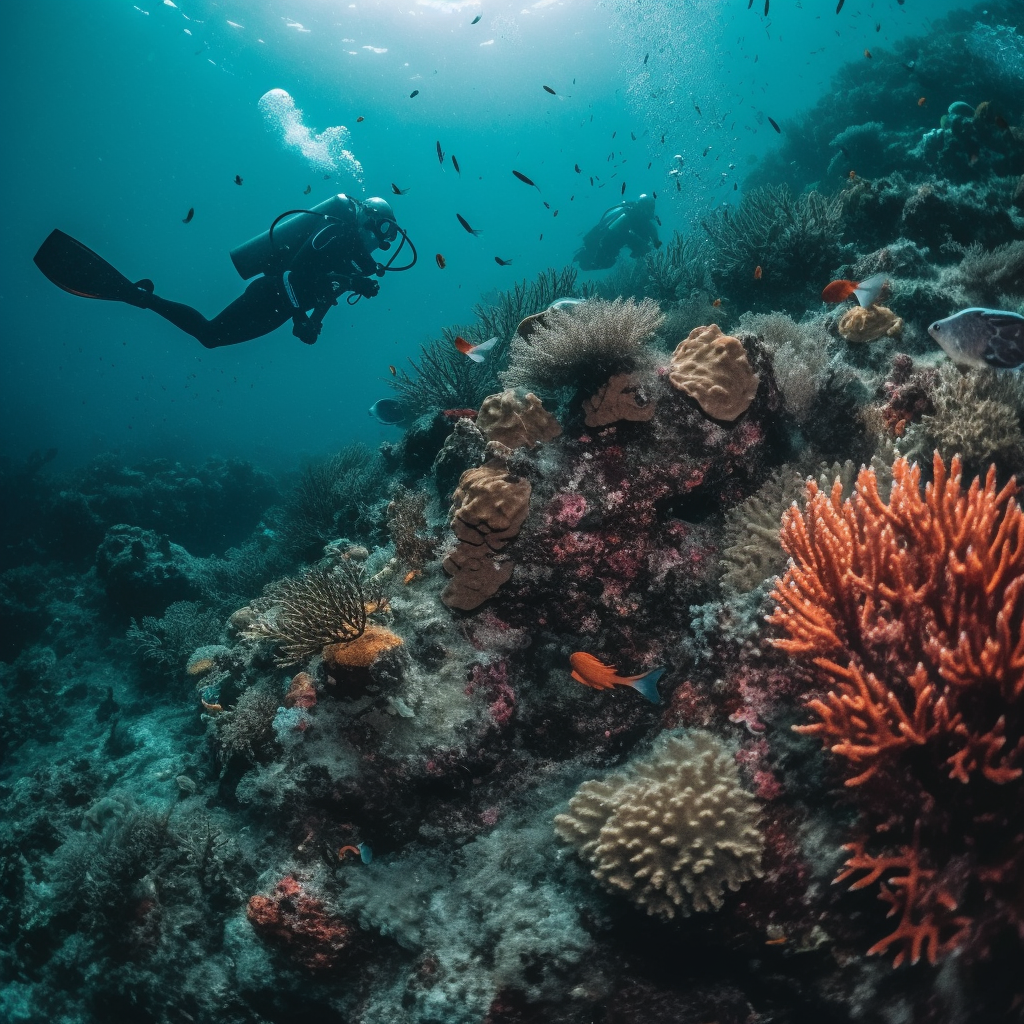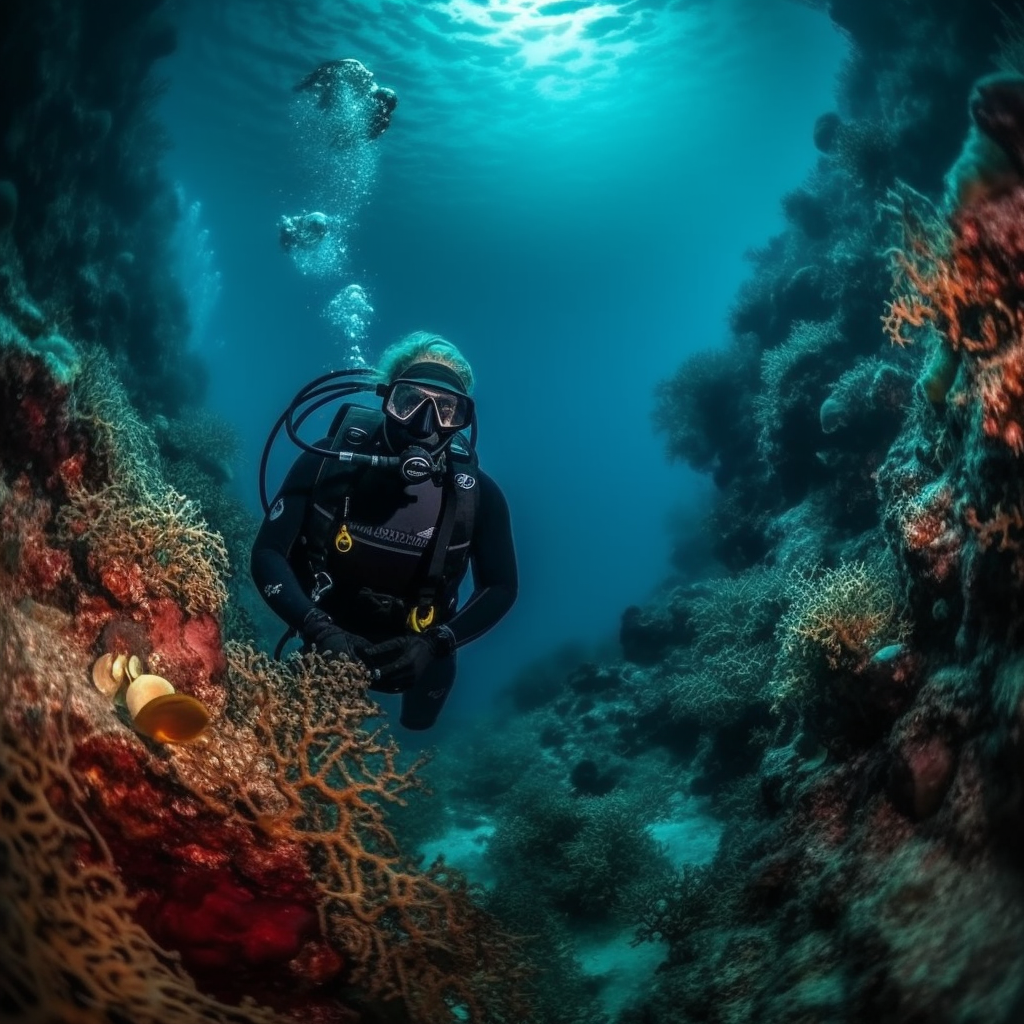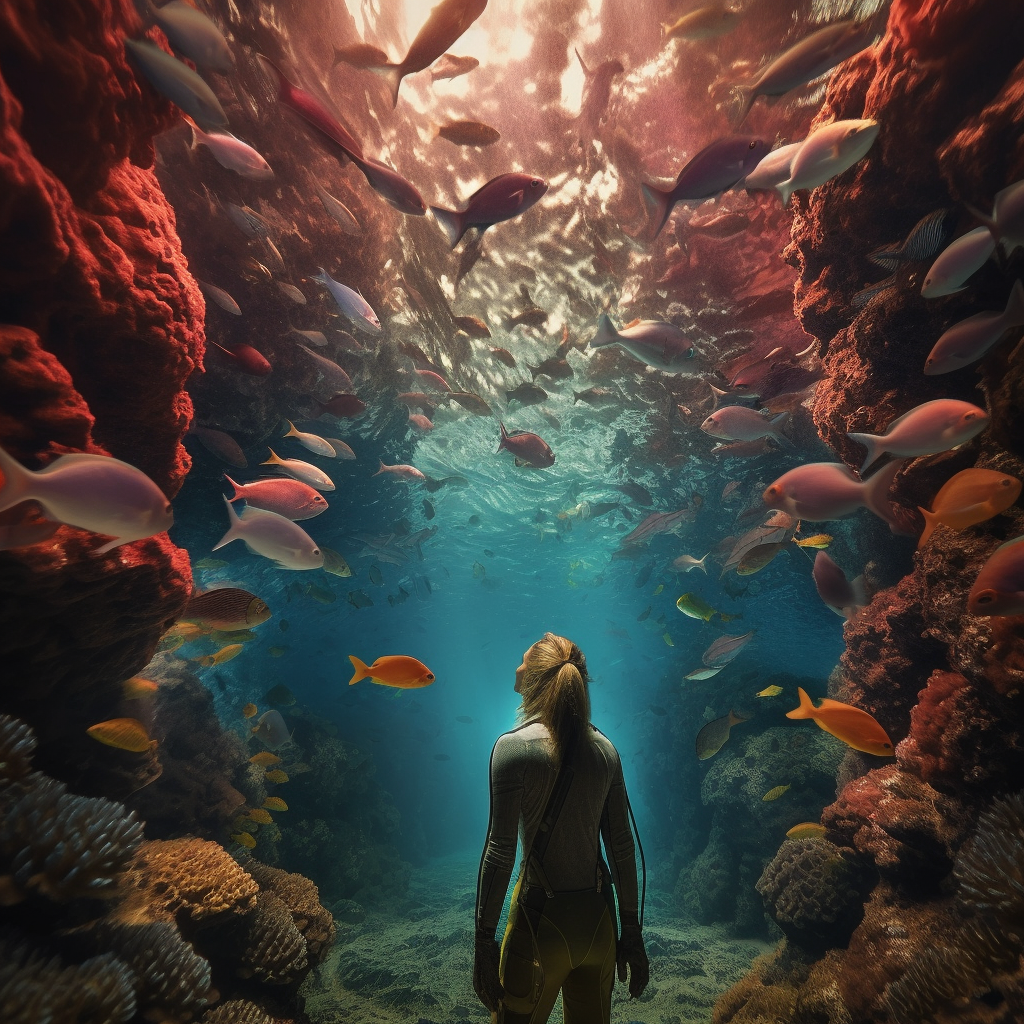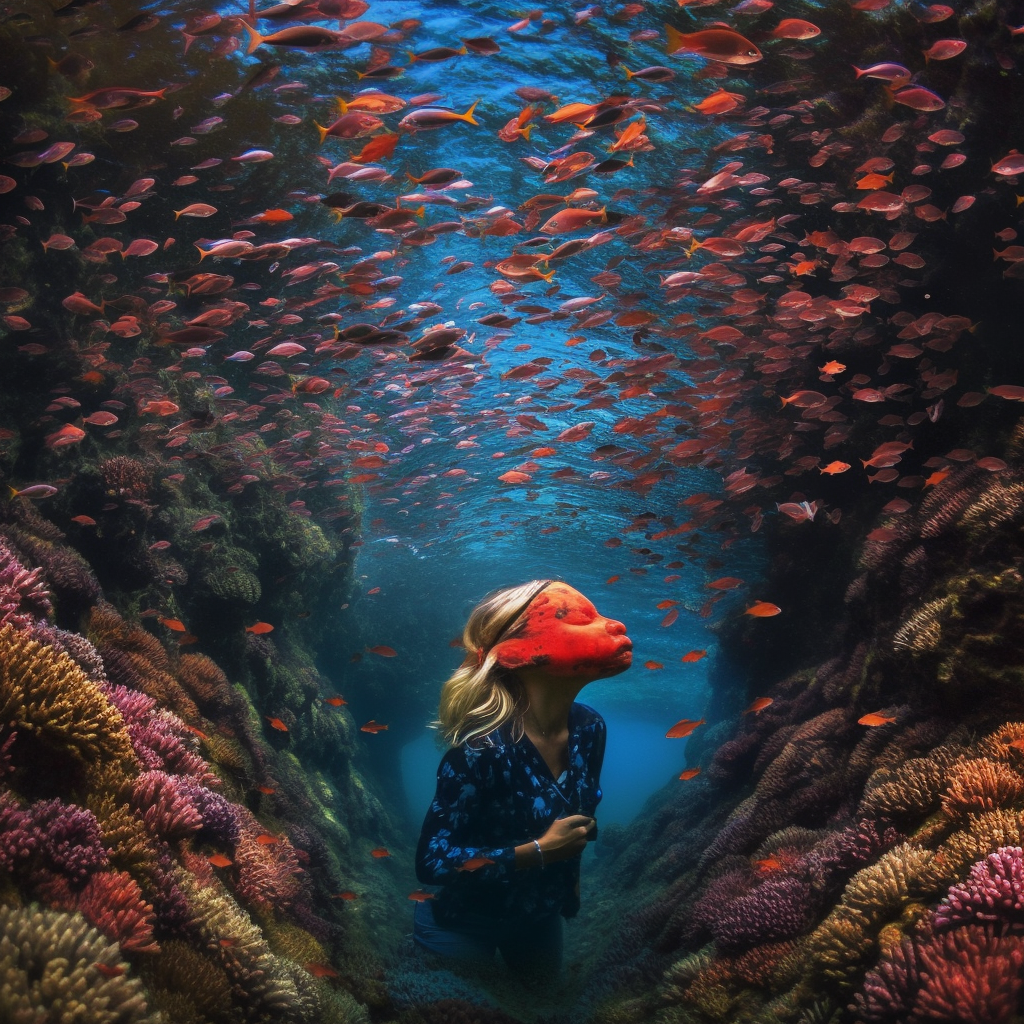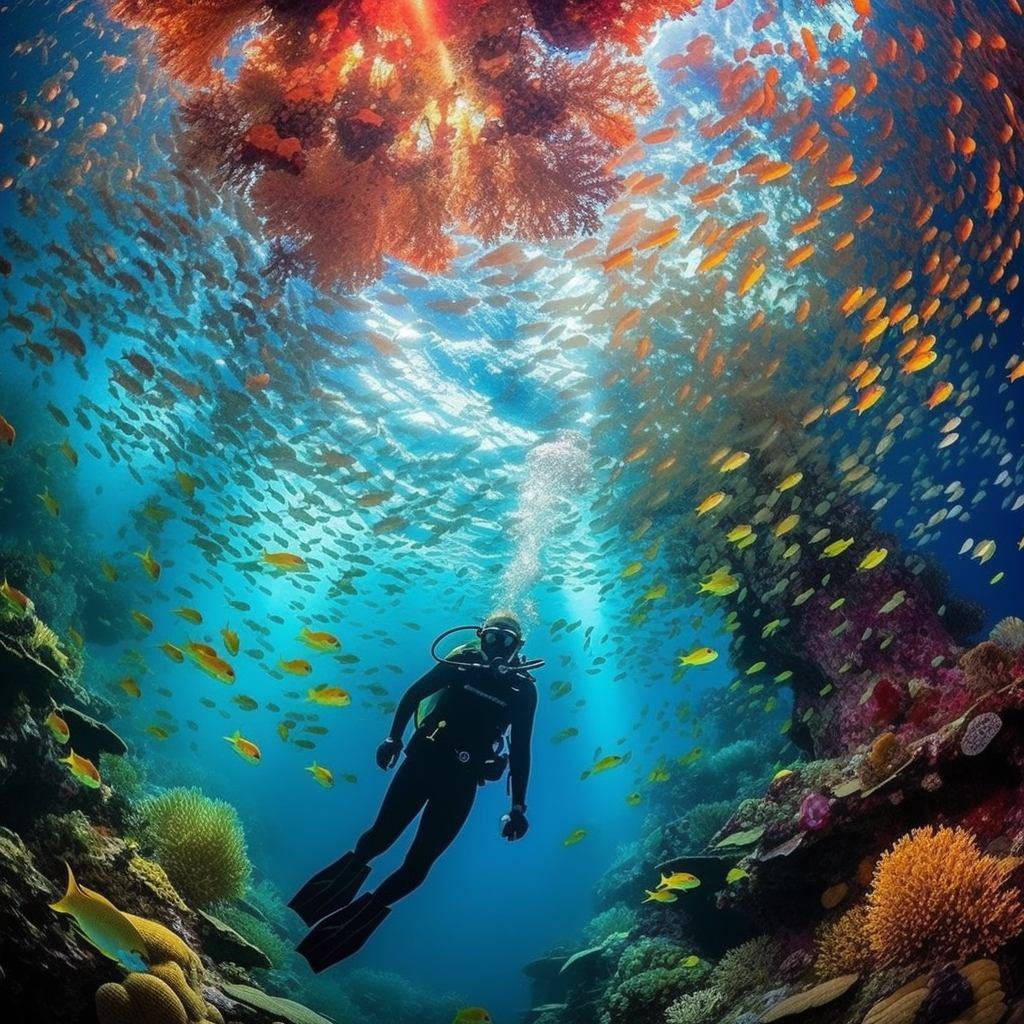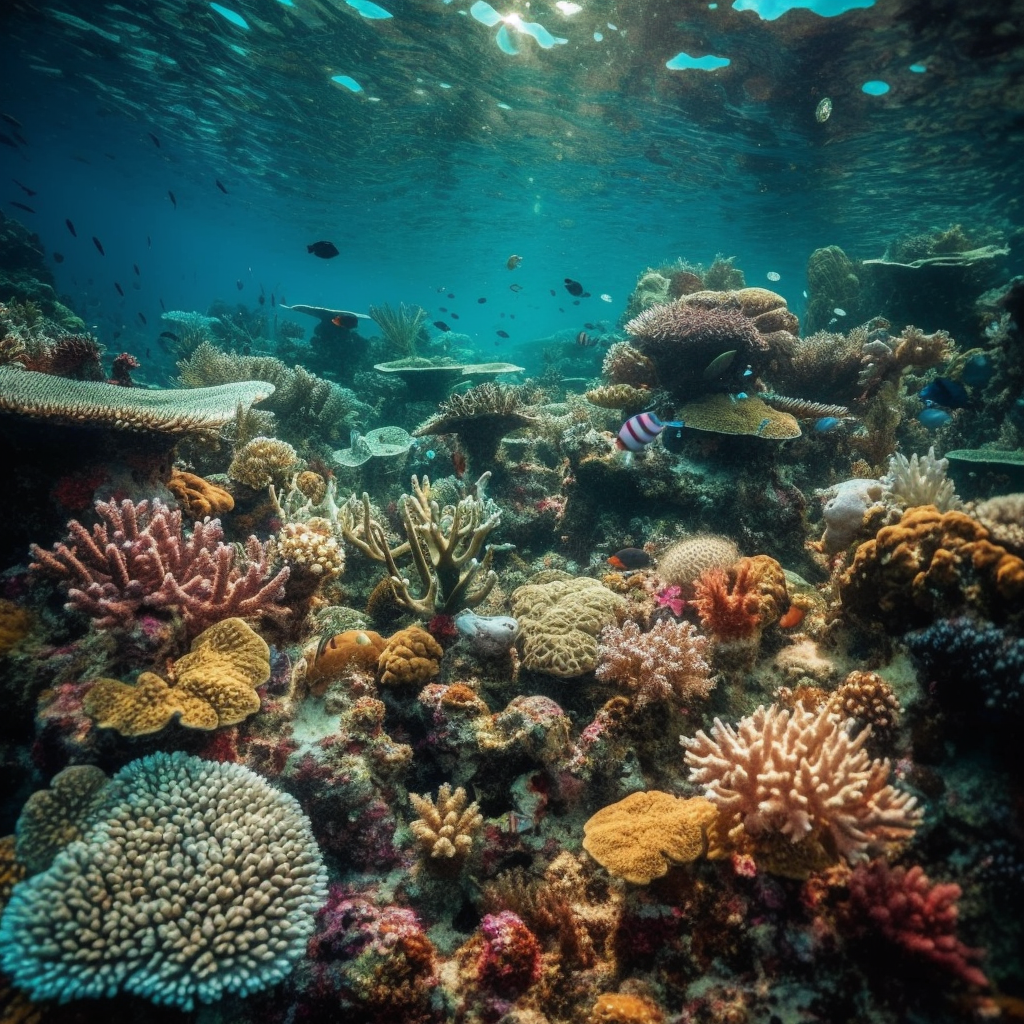Basic Open Water Scuba Diving is an entry-level certification course that teaches individuals the fundamentals of scuba diving. This course is designed for beginners who want to experience the underwater world and learn the necessary skills to dive safely. The course typically takes three to four days to complete and is offered by various scuba diving agencies worldwide.
During the Basic Open Water Scuba Diving course, students learn about the equipment used for diving, the physics and physiology of diving, and the different techniques for diving safely. They also learn how to communicate underwater and how to plan and execute a dive. The course includes both classroom sessions and practical training in a pool or open water setting.
Overall, Basic Open Water Scuba Diving is a great way to start exploring the underwater world. It provides students with the knowledge and skills necessary to dive safely and confidently, and it opens up a whole new world of adventure. With proper training and experience, individuals can explore the depths of the ocean and encounter a wide variety of marine life.
Understanding Scuba Diving
Scuba diving is an adventurous activity that allows individuals to explore the underwater world. It is an activity that requires proper training, equipment, and knowledge of basic scuba diving terminology.
Scuba Diving Terminology
Before starting scuba diving, it is important to understand the basic terminology used in the activity. Some important terms include:
- Buoyancy: The ability to control one’s depth in the water by adjusting the amount of air in the buoyancy compensator.
- Regulator: The equipment that allows the diver to breathe underwater by delivering air from the scuba tank.
- Open Water: Refers to a body of water that is not enclosed, such as an ocean or lake.
- PADI: The Professional Association of Diving Instructors is the world’s leading scuba diving training organization.
- eLearning: An online learning platform that allows individuals to complete the theoretical portion of the scuba diving course before attending in-person training sessions.
- Swim: The ability to move one’s body through water using their limbs.
Importance of Being Medically Fit
Scuba diving requires individuals to be medically fit to ensure their safety while underwater. Before starting scuba diving, it is recommended to get a medical certificate from a physician to ensure that the individual is fit to dive. Some medical conditions that can affect an individual’s ability to dive include:
- Heart Conditions: Individuals with heart conditions may not be able to handle the physical exertion of scuba diving.
- Asthma: Individuals with asthma may have difficulty breathing underwater and may be at risk of a sudden asthma attack.
- Ear Problems: Individuals with ear problems may have difficulty equalizing the pressure in their ears while diving, which can lead to ear injuries.
In summary, scuba diving is an exciting activity that requires proper training, equipment, and knowledge of basic scuba diving terminology. It is important to be medically fit before starting scuba diving to ensure safety while underwater.
Open Water Diver Course Overview
The Open Water Diver Course is the first certification level in scuba diving. It is designed to teach students the necessary skills and knowledge to dive safely and confidently in open water environments. The course is offered by various organizations, including PADI, SDI, and others.
To become an Open Water Diver, students must complete three main components: knowledge development, confined water dives, and open water dives. Knowledge development can be completed online through PADI eLearning or in a classroom setting with an instructor. During this component, students learn about scuba diving equipment, dive planning, underwater communication, and more.
Confined water dives are typically conducted in a pool or shallow water in the sea. During these dives, students practice basic scuba skills, such as clearing a flooded mask and regulator recovery. Open water dives are conducted in a natural environment, such as a lake or ocean. During these dives, students demonstrate their skills and explore the underwater world.
The Open Water Diver Course typically takes 3-4 days to complete, but the duration can vary depending on the organization and the student’s pace. Upon completion of the course, students receive a certification card that allows them to dive up to 60 feet (18 meters) with a buddy.
To enroll in the Open Water Diver Course, students must be at least 10-12 years old (depending on the organization) and in good physical health. They must also be able to swim and tread water for a certain distance and time.
Overall, the Open Water Diver Course is a comprehensive and exciting program that teaches students the fundamentals of scuba diving. By completing this course, students can explore the underwater world and discover new adventures.
Scuba Diving Equipment
Scuba diving requires specialized equipment to ensure safety and comfort while exploring the underwater world. The basic open water scuba diving equipment includes a mask, fins, snorkel, regulator, buoyancy control device (BCD), scuba tank, and exposure protection.
Mask, Fins, and Snorkel
A mask is a crucial piece of equipment that allows the diver to see clearly underwater. It should fit snugly on the face without any leaks. Fins help the diver move efficiently through the water and come in different styles and sizes. A snorkel allows the diver to breathe on the surface without having to remove the regulator.
Regulator and Buoyancy Control Device
The regulator is the device that allows the diver to breathe underwater by delivering air from the scuba tank. It consists of a first stage that attaches to the tank and a second stage that goes in the diver’s mouth. The BCD allows the diver to control their buoyancy by inflating or deflating the jacket.
Scuba Tank and Dive Computer
The scuba tank stores compressed air or specialized gas mixtures that the diver breathes through the regulator. Tanks are made from steel or aluminum and have a pressure rating of around 2000 to 3500 psi. A dive computer is an electronic device that helps the diver monitor their depth, time, and air supply.
Exposure Protection
Exposure protection is necessary to keep the diver warm in cold water and protect them from stings, scratches, and sunburn. The most common types of exposure protection are wetsuits and drysuits. A wetsuit is made of neoprene and comes in different thicknesses. A drysuit is a waterproof suit that keeps the diver completely dry.
Weight System and SPG
A weight system is used to counteract the buoyancy of the diver and equipment. It can be in the form of a weight belt or integrated into the BCD. An SPG (submersible pressure gauge) is a device that shows the amount of air left in the tank.
Overall, scuba diving equipment is designed to provide safety, comfort, and enjoyment to the diver. It is important to ensure that all equipment is properly maintained and serviced before each dive to prevent malfunctions and ensure a safe diving experience.
Learning Scuba Diving
Learning to scuba dive is an exciting and rewarding experience that opens up a whole new world of adventure and exploration. Basic Open Water Scuba Diving is the first level of certification that allows individuals to dive independently with a buddy to a maximum depth of 18 meters/60 feet.
The certification course typically consists of three main components: knowledge development, confined water dives, and open water dives. During the knowledge development portion, students learn about scuba diving principles, equipment, and safety procedures. This can be done through self-study using a PADI eLearning® program on a computer or mobile device, or in a classroom with a PADI instructor.
The confined water dives take place in a pool or other shallow water environment, where students practice scuba skills such as buoyancy control, regulator recovery, and emergency procedures. These skills are essential for safe and enjoyable diving and are taught by a certified PADI instructor.
The final part of the certification course is the open water dives, where students apply their newly acquired skills and knowledge to navigate and explore a natural underwater environment. These dives take place in a variety of settings, including lakes, oceans, and quarries.
Throughout the certification process, safety is always a top priority. Students are taught to follow proper safety procedures and to dive with a buddy to ensure that they have someone to assist them in case of an emergency.
In addition to learning scuba skills, students also gain an appreciation for marine life and conservation. PADI, the Professional Association of Diving Instructors, is committed to promoting sustainable diving practices and encourages divers to protect the underwater environment.
Overall, learning to scuba dive is an exciting and fulfilling experience that can be enjoyed by individuals of all ages and backgrounds. With the proper training and certification, divers can explore a vast array of dive sites and experience the beauty and wonder of the underwater world.
The Role of Photography and Conservation in Scuba Diving
Photography plays a significant role in scuba diving, and it has become a popular activity among divers. Underwater photography allows divers to capture the beauty of the underwater world and share it with others who may not have had the opportunity to experience it. It also helps to raise awareness about the importance of ocean conservation.
Through underwater photography, divers can document the marine environment and the species that live in it. This documentation can be used for scientific research, education, and conservation efforts. For example, Christine Shepard, an underwater photographer, uses her photography to document sharks for both science and conservation. She believes that underwater photography can help educate people about the value of conserving the marine environment.
In addition to raising awareness about conservation, underwater photography can also be a fun way to capture memories with friends and family. Many scuba diving courses offer classes in underwater photography, and there are even contests and exhibitions for underwater photography enthusiasts.
Overall, underwater photography has an important role in scuba diving. It can help raise awareness about conservation efforts, document marine life for scientific research, and create lasting memories with friends and family.

